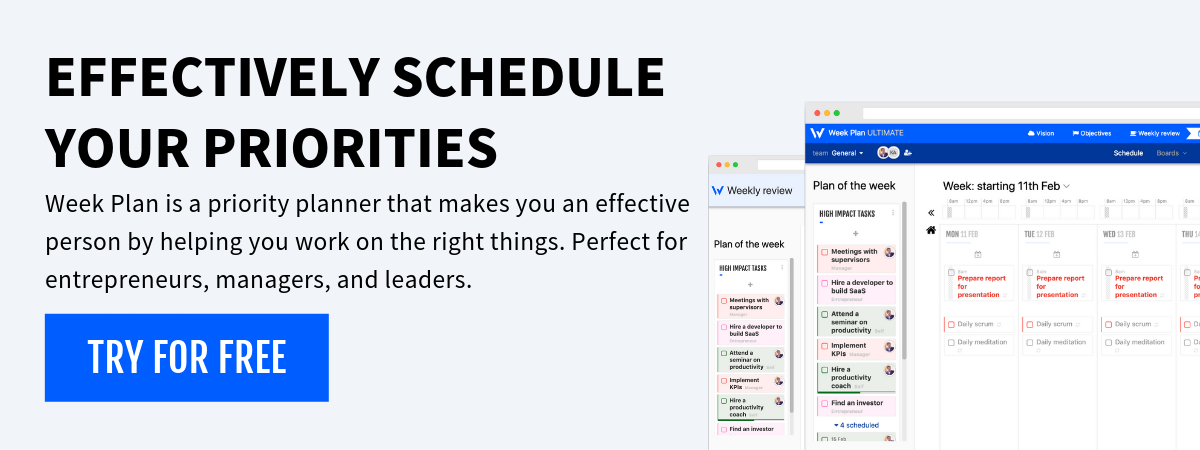The Critical Path Method (CPM) is a step-by-step project management technique used for planning and controlling complex projects. First developed in the 1950s, CPM is a mathematical algorithm that helps to schedule a set of project activities. It is an essential tool for effective time management in large projects, such as construction, software development, research projects, and more.
Historical Background
CPM was developed independently by Morgan R. Walker of DuPont and James E. Kelley Jr. of Remington Rand around 1957. The primary aim was to address the complex task of maintaining and monitoring the progress of chemical-plant construction projects.
Core Concept
At its core, the Critical Path Method involves identifying the longest stretch of dependent activities and measuring the time required to complete them from start to finish. This is known as the “critical path.” Managing the critical path effectively can significantly impact the overall project duration.
Key Components
1. Activities and Milestones
An activity represents a specific piece of work that needs to be accomplished within a project. A milestone, on the other hand, is a significant event or a turning point in a project.
2. Activity Duration
This is the time period required to complete each activity. It can be estimated based on past projects or expert judgment.
3. Dependencies
Dependencies are relationships between activities. Understanding which tasks must precede others is crucial in mapping out the project path.
Steps in the Critical Path Method
1. Identify Activities and Dependencies
List out all the activities required to complete the project and identify dependencies between them.
2. Estimate Durations
Assign an estimated duration to each activity based on experience or consultation with experts.
3. Draw a Network Diagram
This diagram visually represents activities and their dependencies, helping to identify the sequence of tasks.
4. Calculate the Critical Path
Determine the longest path through the network diagram and identify the earliest and latest that each activity can start and finish without delaying the project.
5. Update the CPM Diagram as Needed
As the project progresses, update the CPM diagram to reflect actual timeframes and any changes in activity sequencing.
Benefits of CPM in Time Management
1. Efficient Project Planning
CPM provides a clear visual of the project timeline, helping in planning and allocating resources more effectively.
2. Enhanced Time Estimation
It offers a systematic approach to estimate the minimum project duration and identifies buffer times.
3. Improved Risk Management
By identifying critical activities, CPM helps in prioritizing risk management efforts where they are most needed.
4. Effective Resource Allocation
CPM aids in understanding when resources will be needed and in what quantity, allowing for better resource management.
Practical Examples
1. Construction Projects
Used in constructing buildings or infrastructure, where sequencing of tasks (like foundation before walls, walls before roof) is vital.
2. Software Development
Helps in planning the development phases, from requirement gathering to testing and deployment.
3. Event Planning
Useful in orchestrating complex events like conferences, where multiple tasks must be coordinated.
Challenges and Limitations
While CPM is a powerful tool, it has limitations. It assumes that activity durations are known and constant, which may not always be the case. Moreover, it doesn’t account for resource limitations and may need to be combined with other project management techniques for comprehensive planning.
Conclusion
The Critical Path Method is a cornerstone technique in project management, offering a structured approach to managing complex projects. By identifying the longest path of dependencies, CPM helps project managers to optimize schedules, allocate resources effectively, and manage risks. Its application, while demanding a clear understanding of all project aspects, can lead to significant improvements in time management and project delivery.

More Posts
10-surprising-benefits-of-journaling-for-improved-productivity
Journaling has been a big help in self-care and personal growth for many years. People like Einstein and Kahlo proved its value. Studies show it boosts mental health and productivity. Journaling every day...
Top 10 Apps to Boost Work from Home Productivity
WFH (working from home) culture has gained global popularity lately due to the COVID-19 outbreak. Since the cure for the disease hasn’t been discovered yet, the only option to stay safe from the...
11 Best Tips to Help You Achieve 3 Month Social Media Plan
Creating a strong social media plan is key to boost your online image and grow your business. Tips outlined below aim at crafting a 3-month strategy. This strategy centers on creating top-notch content....
Top 8 Smart Goal Planners for Students to Increase Productivity
Hello, student warriors! Balancing academic, personal, and extracurricular commitments in college is akin to a finely tuned orchestra – every aspect of life must be harmonious. That’s where our incredible goal planner journal...


